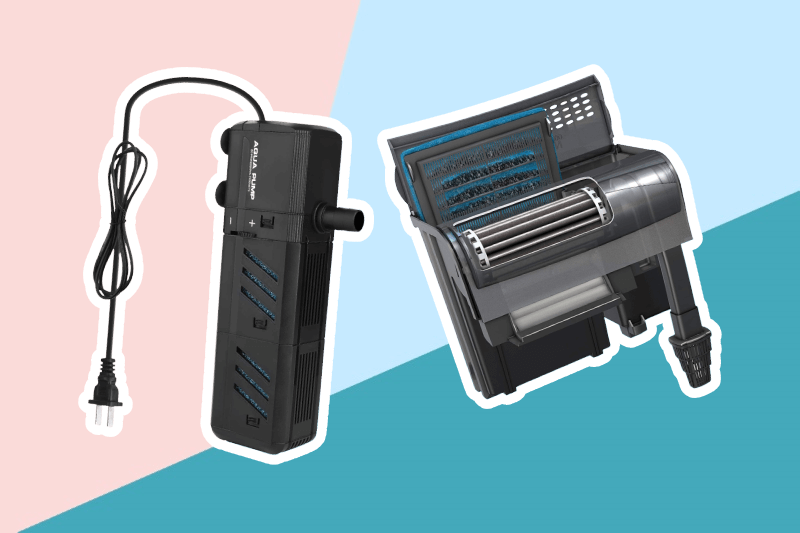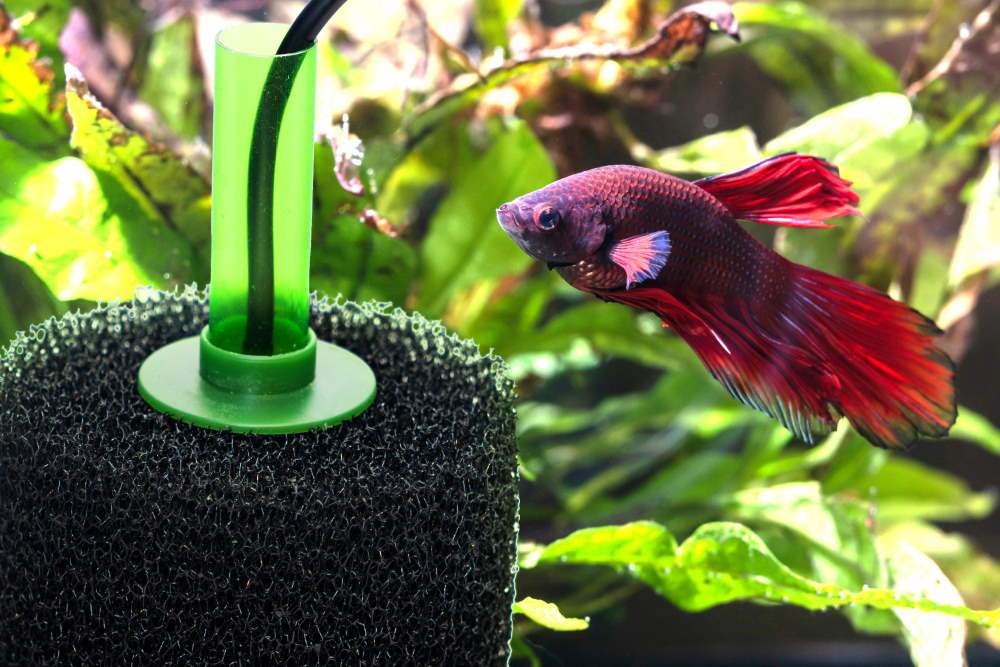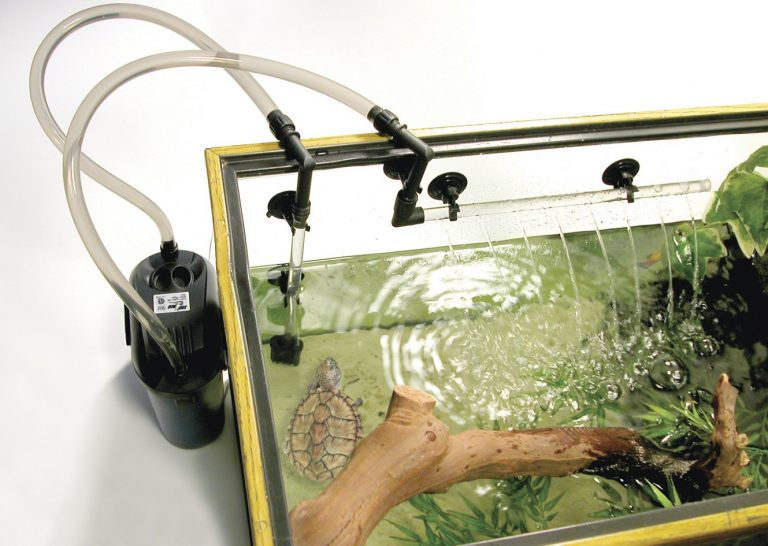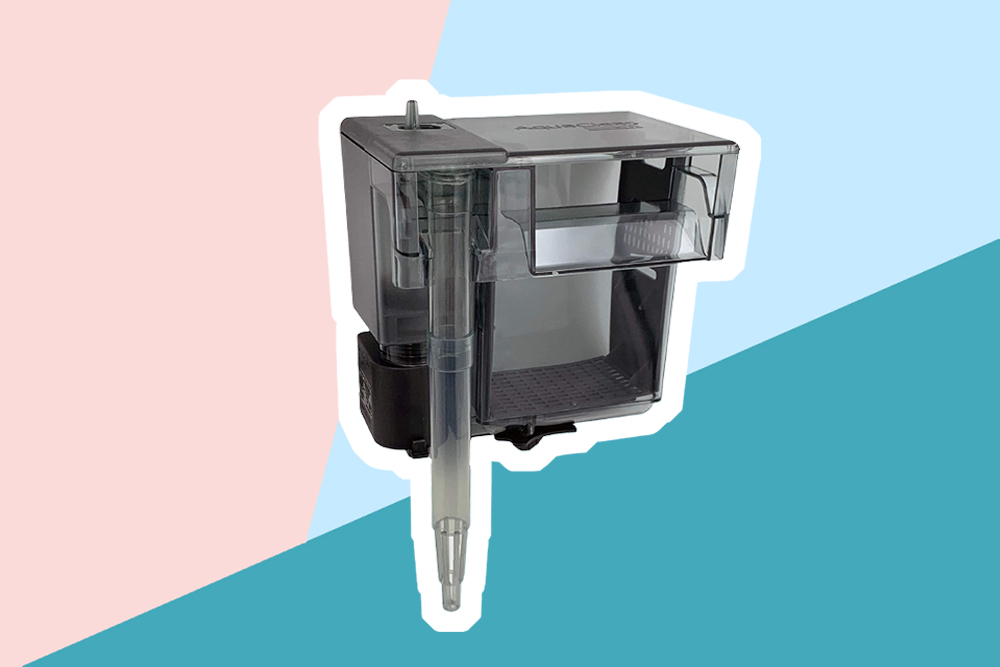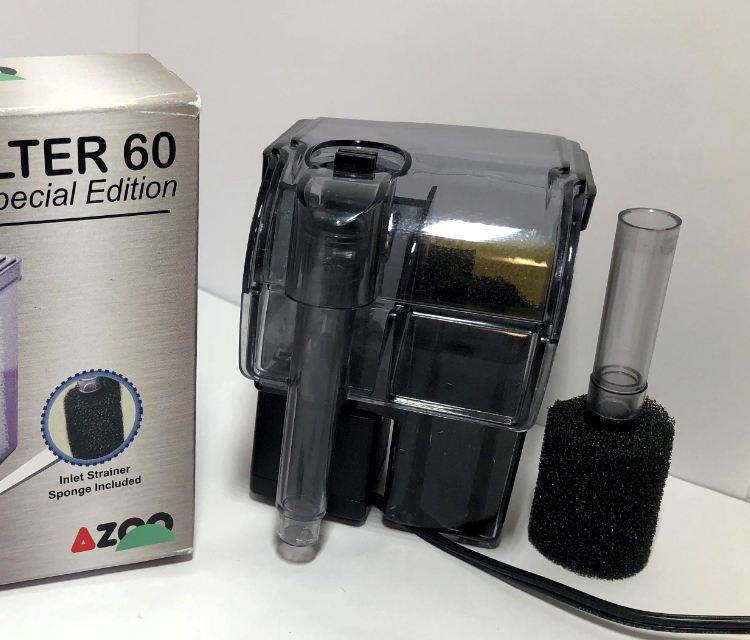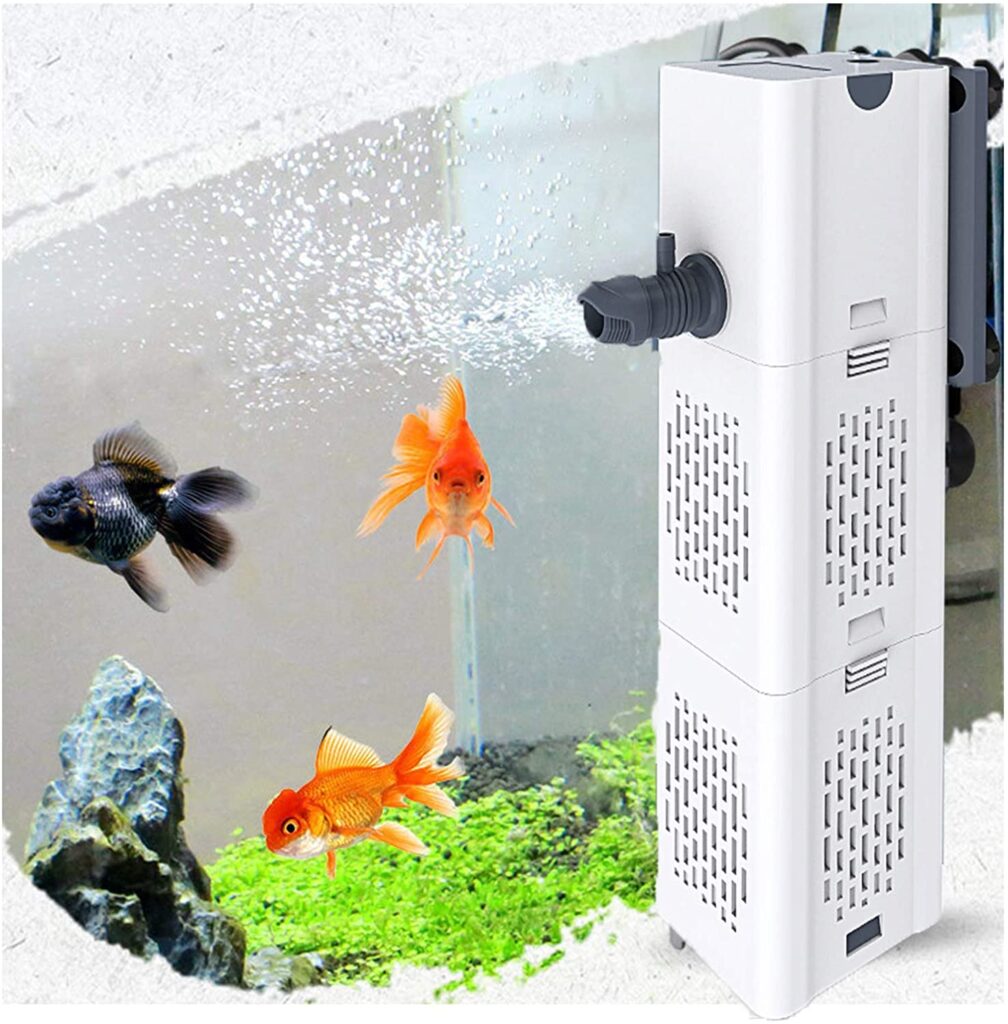

A functional filter is the most important feature of your entire fish tank setup. Without it, you cannot provide your fish with a healthy environment. A fish tank filter oxygenates the water in the aquarium, keeps it clean, prevents bacteria build-up, and removes all the toxins and chemical compounds. Without it, your fish may die.
Occasionally when checking in on your fish, you may notice the fish tank filter is not working. If you are completely new to aquariums and keeping fish, you may not even know what’s going in. Well, no need to panic. This article has all the details on fish tank filter troubleshooting. You will learn how to tell your fish tank’s filter is not working, why it is not working, and all the possible solutions.
Here are some of the things that will confirm to you that your fish tank has stopped working if you have a hunch:
Fish tank filters are designed to suction water before starting the filtration process. Suction is usually visible, and if you can’t see it, then there is a high chance the filter is not functioning.
If you have a hunch, your fish tank filter is not working, get a digital test or a chemical test kit to check the level of
Ammonia and nitrates
Trusted Source
Aquarium Water Quality: Nitrogen Cycle / Aquarium Fish / Recreation and Leisure / Consumer Resources / Home - Florida Department of Agriculture & Consumer Services
www.fdacs.gov
in the water. If the results show high levels of both compounds, then your fish tank filter is not functioning.
Sounds
The type of noise that fish tank filters make can be a good indicator of their failure. First off, if the filter is not making any sound at all, it has a problem. If it is making a weird grinding sound, then something is equally off about it.
After confirming that your fish tank filter is not working, you need to diagnose the problem and find viable solutions. You can diagnose the filter by observing its characteristics and operation. Here are a few possible reasons behind your fish tank filter’s failure;
No suction is the first obvious tell-tale sign of a fish tank filter that isn’t functioning. Loss of suction is a common problem with fish tank filters. Filters feature motors and impellers. An impeller is a part that sucks water from the tank into a tube through the filter, then back into the tank. The motor powers the impeller to complete the suction process.
Some of the causes of loss of suction are broken or damaged impeller and a clog in the filter.
Fish tanks with pebbles, small rocks, or sand are highly susceptible to loss of suction, and this is because the particles of sand and small rocks usually get sucked into the filter and cause a clog.
If you can’t see any suction at all, then your filter’s functionality is compromised. Here are some of the steps you can take to salvage the situation:
Your filter not running completely may sound like a big deal, but it has an easy fix. First, you need to be sure that the filter is not running at all. If it remains silent when you plug it into a power source and turn it on, then you’ll know it’s not running. The main cause of a filter not working at all is a clogged motor. The power supply is another possible cause. If there was a power surge or the connection cables are damaged, then the filter cannot turn on.
The solution?
Unplug and disassemble the filter, then unclog its motor. Use your hands to remove the debris on the motor. You can also use compressed air to blow out the debris and if the motor is waterproof, rinse it under running water. If power surge is the problem, then wait for the electricity before you turn on the filter. You can also get power backup. As for damaged connection cables or fuse, simply replace them.
A
proper flow rate
Trusted Source
Choosing the Proper Flow Rate for Your Aquarium
A proper flow rate is essential for your aquarium’s filter to work its best. This means that your aquarium will stay cleaner longer, providing a healthier environment for your inhabitants.
www.liveaquaria.com
is vital for your fish’s wellbeing. The flow rate needn’t be so strong that you fish can’t navigate the tanks. It should be just enough to provide water movement. Filters come with different flow rates and some unique models have adjustable flow rates. To solve the flow rate issue;
When inspecting your filter after realizing it has no suction, you may notice the impellers are damaged or are missing. Besides loss of suction, the filter may also produce a grinding noise to indicate broken or missing impellers. To fix the problem;
First check your user manual to see if your filter came with replacement impellers. If you have replacement impellers, then use them to restore the filter to working condition. If you haven’t any replacement impellers, you can easily order some online. Better yet, you can buy a new filter.
Your filter can stop working because of issues with its electrical components. Electrical components of a fish tank filter are like the wires that connect the filter to a power source, the power source itself and the connecting pins. These components may have issues when there is a power surge, the wires and pins are unplugged or damaged, or the electrical outlet and power strip are turned off.
Issues with electrical components are usually easy to diagnose and troubleshoot. For example, if the problem is unplugged wires, you can easily plug them back in. If unplugged wires isn’t the issue, then go ahead and check for damaged wires and pins. A pet could have played with the wires and damaged them. Fix what you can and replace what you can’t fix.
Lastly, check the functionality of your electrical outlets, its extension cords, power strips and other electrical components. Most of the time, the issue is normally the power source and not the filter.
Fish tank filters can have fixable issues every now and then, but as you’ve seen in the solutions provided above, there are times when you will have no option but to replace the problematic filter with a new one. Setting up a fish tank filter is very straightforward. Here are some of the instances that will require you get a new fish tank filter:
If you have discovered that your filter’s motor is not functioning or is burnt out then you need to replace it. You can also repair it but it can be time consuming, complex and expensive. Plus, it’s not always guaranteed that the motor will last long after repairing.
The only viable solution to fixing a low flow rate is buying a new filter with an adjustable flow rate or your desired flow rate. Instead of replacing the entire unit, you can get another to boost your existing setup.
When you inspect your filter upon discovering that it has lost suction then realize the impellers are missing or are broken, and the model you have didn’t come with replacements then you have to replace the entire filter. You can order the impellers if you have a way but it would be much easier to get a whole new unit.
If you are looking for a replacement filter for your fish tank and you have no idea where to look, consider the highly acclaimed AquaClear fish tank filter. It is super easy to install and is designed to offer mechanical, chemical, and biological filtrations.
The Aqueon QuietFlow is another fantastic option. It features a dense flows that removes particles and debris of all sizes and a patented bio-holster that removes toxic Ammonia and nitrites.
A fish tank setup without a functioning filter is like a train without an engine. Without a filter, the environment inside the aquarium can be uncomfortable and toxic for your fish. Your fish may even die. You don’t have to go into panic mode when you realize your fish tank filter is not working. We have provided clear guidelines on how to identify the problem and all the possible solutions.
If none of the solutions seem to restore your fish tank filter into a working condition, then you should consider getting a new filter ASAP. Otherwise, your fish may suffer from lack of oxygen, toxic bacteria and chemical build-up.
